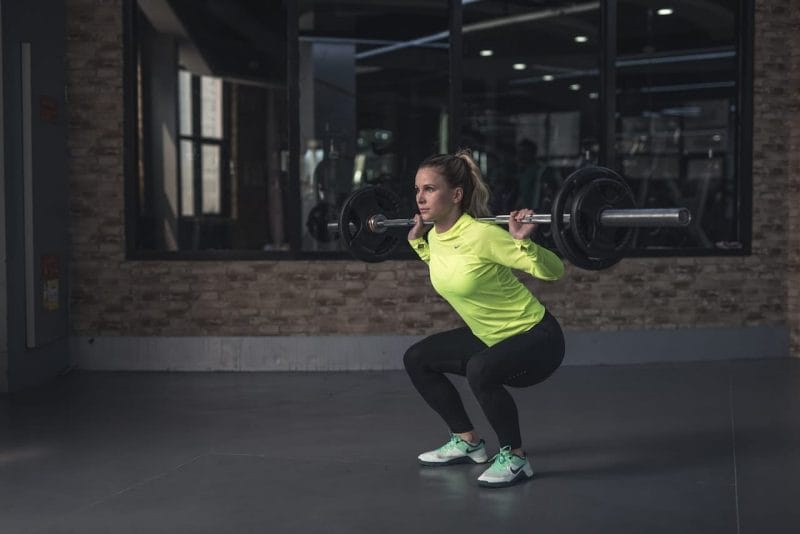The position of the toes during squats is a subject of debate among athletes, coaches, and fitness enthusiasts. In this article, we delve into the discussion surrounding whether the toes should be pointed forward or angled out during squats. By exploring biomechanical considerations, individual variations, and potential benefits and drawbacks of each approach, we aim to provide insights to help you make an informed decision for your squat technique.
- Biomechanical Considerations: The biomechanics of the squat movement play a significant role in determining the optimal toe position. Squatting with the toes pointed forward requires ankle dorsiflexion, which is the ability to bring the toes closer to the shin. This position emphasizes engagement of the quadriceps and may help maintain a more upright torso. On the other hand, angling the toes outward allows for greater hip external rotation and may promote activation of the glutes and hamstrings during the squat.
- Individual Variations: Individual anatomical differences and mobility restrictions can influence the preferred toe position during squats. Factors such as hip anatomy, ankle mobility, and foot structure may dictate the most comfortable and mechanically efficient toe angle for each person. It is essential to consider these individual variations and experiment with different toe positions to find what works best for you.
- Benefits of Toes Forward: Squatting with the toes forward can help emphasize quadriceps engagement and promote a more vertical torso position. This toe position may be beneficial for individuals who have good ankle mobility and are looking to target the quadriceps muscles more directly. It can also be advantageous for athletes participating in sports that require a more upright posture, such as weightlifting.
- Benefits of Angled Toes: Angling the toes outward during squats allows for greater hip external rotation, potentially enhancing activation of the glutes and hamstrings. This toe position may be advantageous for individuals with limited ankle mobility or those who want to emphasize the involvement of the posterior chain muscles. It can be particularly beneficial for athletes participating in sports that rely on hip power and explosiveness, such as powerlifting or sprinting.
- Drawbacks and Compromises: While both toe positions offer potential benefits, they may also come with certain drawbacks. Squatting with the toes too far forward can place excessive stress on the knees, especially if ankle mobility is limited. On the other hand, excessively angling the toes outward can compromise stability and lead to potential issues with knee tracking. Striking a balance between comfort, stability, and muscle activation is crucial to finding the optimal toe position for your squats.
- Experiment and Listen to Your Body: Determining the ideal toe position for squats often requires a process of experimentation and individual assessment. Start by assessing your mobility and anatomical considerations, and gradually experiment with different toe angles to find the most comfortable and mechanically sound position for your body. Listen to your body’s feedback and make adjustments accordingly to optimize your squat technique.
Conclusion: The debate between toes forward or angled out during squats is multifaceted, and the optimal toe position varies among individuals. Considering biomechanical factors, individual variations, and the specific goals of your training can help inform your decision. Whether you prefer toes forward for emphasizing quadriceps engagement or angling the toes out for greater posterior chain activation, the key is to prioritize comfort, stability, and proper form to maximize the benefits of the squat exercise.


